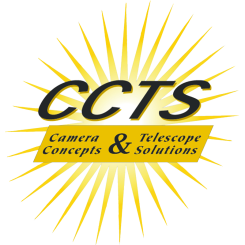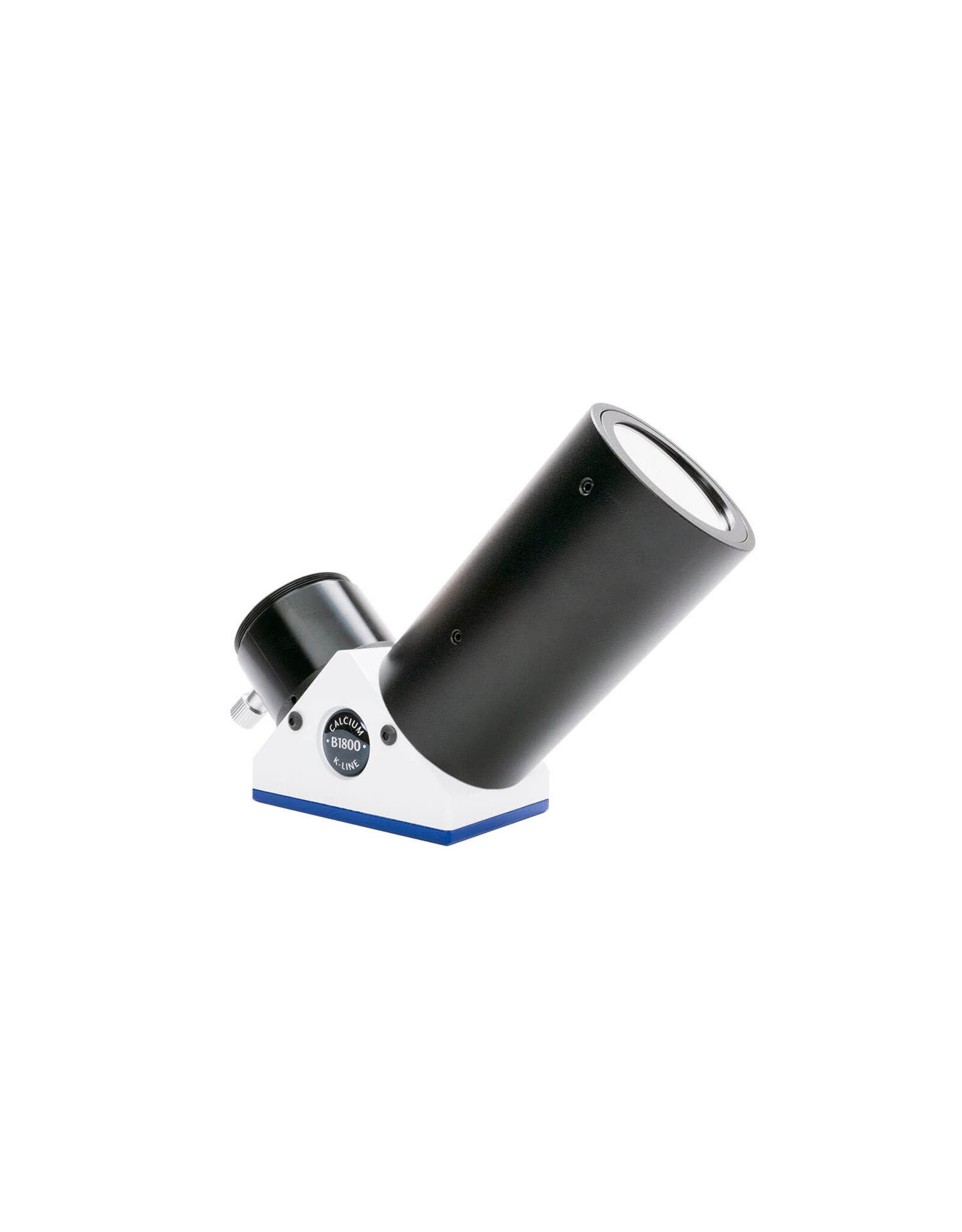Lunt Calcium K Module (Specify Blocking Filter)
| Article number: | LS12CAKxx |
| Availability: | More on the Way to us |
| Delivery time: | More on the Way to Us |
- Calcium K (Ca-K) telescopes and filters are used to study the wavelength of 393.4 nm
Description
Calcium K Module
Calcium K (Ca-K) telescopes and filters are used to study the wavelength of 393.4 nm. This emission line is one of two that are produced by Calcium just at the edge of the visible spectrum. Comparatively, this is in a layer that is slightly lower and cooler than the layer viewed in Hydrogen-alpha. The emission line displays areas of super granulation cells that are brightest and strongest in areas of high magnetic fields, such as sunspot activity and active regions. Having the ability to study the Calcium K and the Hydrogen-alpha line provides important insights into the structure, strength, and depth of these active regions. Lunt Solar Systems Calcium K modules can be used with most standard night time refractors, or with Lunt’s new Modular Telescopes in their night time configuration!
The Calcium K modules line is centered at 393.4 nm. This wavelength is considered to be slightly outside the visible spectrum on the UV side. While most people can visually see the violet color of the wavelength, many cannot resolve the contrast due to yellowing of the cornea. People who have had cataract surgery are often able to see considerable detail. But, it is for these reasons that the Ca-K line is typically studied via the use of cameras, which are able to provide stunning details.
Internal narrowband filters allow for a <2.4 Angstrom bandpass. This is primarily an imaging system due to the difficulty of many to visually see everything that CaK has to offer.
Choose the best Calcium K Module for your Telescope Size and Focal Length:
B600: For telescopes up to 100 mm aperture and 600 mm focal length
B1200: For telescopes up to 100 mm aperture and 1200 mm focal length
B1800: For telescopes up to 100 mm aperture and 1800 mm focal length








